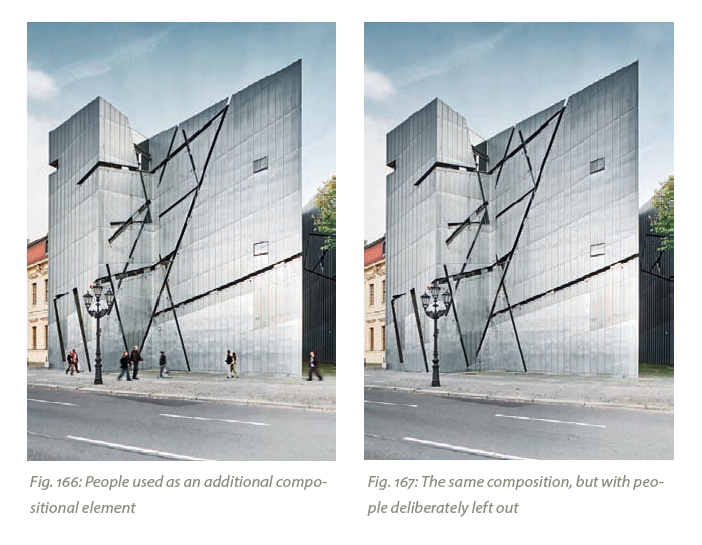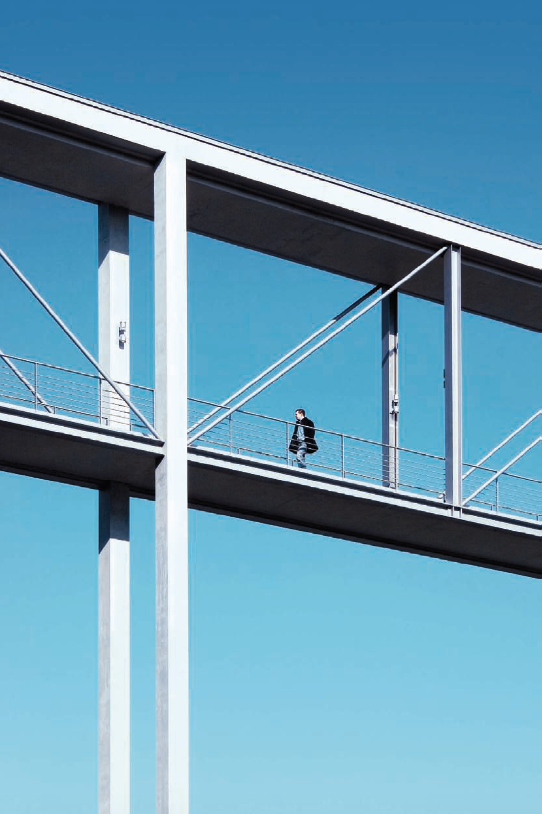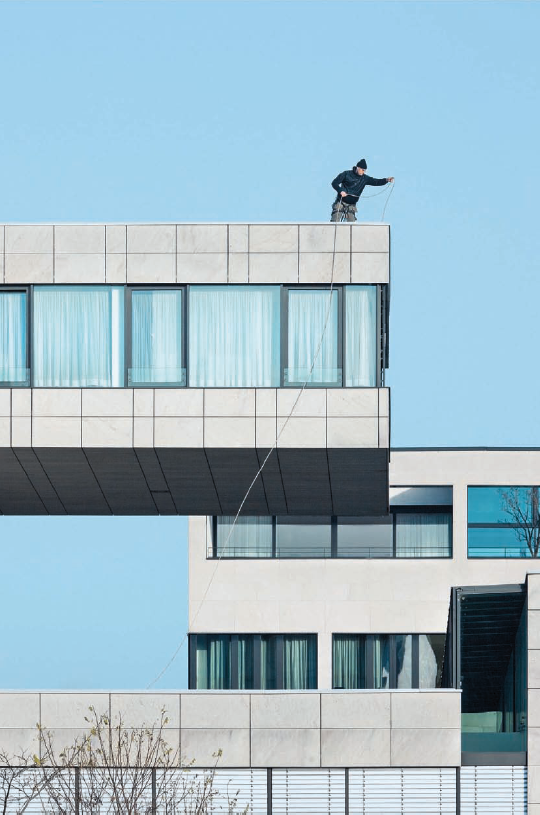Insight from architectural photographer and author, Adrian Schulz
The inclusion of people in architectural photos is the subject of much debate, as they can influence the dynamics of an architectural scene in both positive and negative ways. Historically, people were usually deliberately left out of architectural compositions, particularly in the genre’s infancy because of the technical limitations imposed by the long shutter speeds used by the equipment of the day.

© Adrian Schulz
The fact that a building has no purpose without the presence of people makes this practice particularly ironic, although the presence of people in architectural images can distract the viewer from the main subject. Contemporary architectural photographers generally leave people out of their compositions less often than their predecessors did. People are often used to add movement and vitality to a scene and can be used selectively to make context and scale easier to interpret. If people are to be visible in an architectural photo, they should be located close to the building to ensure that the proportions in the finished image are realistic. Human subjects that are portrayed too close to the camera appear disproportionately large and tend to distract the viewer’s attention from the building itself.

© Adrian Schulz
The interaction between people and buildings is a characteristic of the artistic side of architectural photography. In such photos, the building alone is no longer the center of attention and the photos illustrate relationships between people and objects rather than just the objects themselves. Examples of this type of photo are ones that clearly illustrate the difference in size between a person and a building or ones that show unusual or odd situations. Other examples of this type of counterpoint are photos that show well-dressed people in front of ruined architecture or persons in Halloween costumes standing in front of a modern skyscraper.

© Adrian Schulz

© Adrian Schulz
Such photos represent a mixture of architectural and portrait photography, so if you are in any doubt, you should always obtain permission to publish from any people who appear in your photos. In the case of other moving objects, such as cars or clouds, it is often worth waiting to see if the situation changes for the better. Parked cars often block the view of a building and are impossible to remove in post-processing. In such cases, you can either regard a car as a stationary object and use it as part of the overall composition or revisit the same location later. For business locations, early mornings and weekends tend to be ideal times because you can avoid commuter traffic. The only other alternative is to select a different location altogether. Like stationary objects, moving objects are an additional stylistic element often used by artistic architectural photographers.
This article was taken from Architectural Photography, 3rd Edition by Adrian Schulz!
Download the eBook for $20 with code ARCH20 at checkout!
